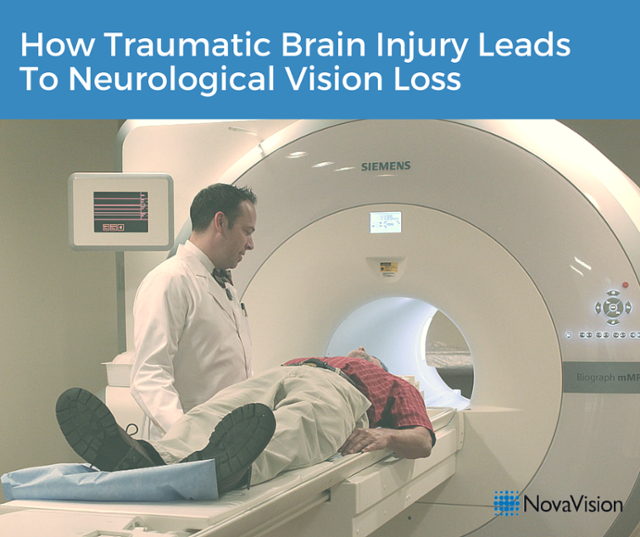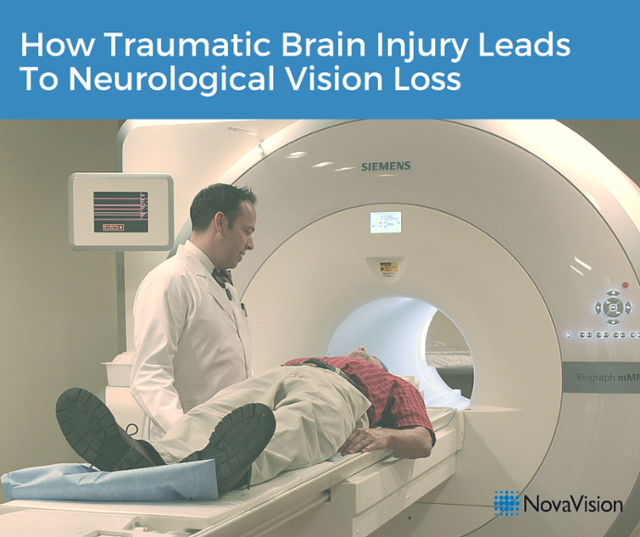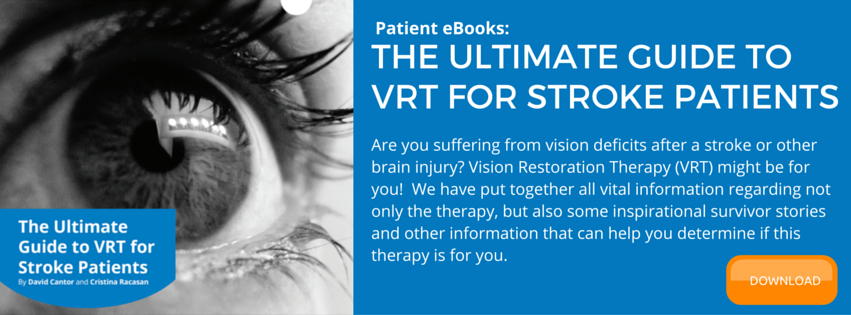
Traumatic brain injury, commonly referred to as TBI, refers to damage or destruction of brain tissue due to a blow or other injury to the head. These types of injuries are a major cause of death and disability among Americans, contributing to about 30% of all injury deaths.1 In fact, approximately 1.7 million people suffer from a traumatic brain injury each year in the United States alone and falls, car or motorcycle accidents, sports injuries and violence are the most common causes.
There are different things that happen to the human brain when it endures such trauma and a number of side effects that can occur as a result, ranging from memory loss and difficulty concentrating to loss of certain sensations. Today we are going to take a closer look at how TBI leads to Neurological vision loss and what you can do to recover your vision.
How Does a Traumatic Brain Injury Cause Vision Loss?
For starters, there are two separate types of TBI, open and closed head injuries. With closed head injuries, the damage occurs because an impact causes the head to jerk in different directions, similar to the feeling of whiplash if you’ve ever been in a car accident. This sudden motion causes the brain to collide with your skull, sometimes at a high acceleration. The same way your body can collide with the steering wheel or windshield if you are not properly fastened, your brain can collide with your skull.
This impact in a closed head injury can often bruise the brain tissue and tear through blood vessels. Depending on the area of impact, which can be detected through MRI and CAT scans, you may suffer different side effects from the initial brain injury. If the optic nerve is damaged as a result of the initial impact, it is very likely that the victim will suffer from some degree of vision loss.
Open head injuries are sometimes referred to as penetrating head injuries and result from an object penetrating the skull and entering the brain. Typically, open head injuries are focal, which means that they affect a specific area of brain tissue.2 When that specific area injured is the visual cortex, vision complications are likely.
What are Common Vision Changes after a Traumatic Brain Injury?
When the optic nerve is injured, it can cause an entire range of vision changes that affect all aspects of the victim’s eyesight. Those who do display Post-Trauma Vision Syndrome can display any of the following side effects as a result:
- Loss of vision in one section of the visual field
- Also known as hemianopia or quadrantanopia
- Blurred Vision
- Clumsiness
- Difficulty Concentrating
- Difficulty distinguishing colors
- Difficulty maintaining eye contact
- Trouble reading
- Words may appear to move on the page
- Lowered spatial awareness
- Double vision, also known as diplopia
- Headaches
- Dry eyes
- Difficulty recognizing faces, letters, or numbers
- Disorientation in large or busy places
- Sensitivity to light
How Can You Treat Vision Loss as a Result of TBI?
Following a traumatic brain injury, the victim may suffer from a number of different side effects in addition to their vision loss. Fortunately, there are a number of rehabilitation options available that range from physical therapy, occupational therapy, speech therapy, and vision therapy. Vision Restoration Therapy for instance is a prescription therapy that is clinically supported through decades of research and 20 clinical studies, and is specifically designed to treat this type of vision loss. One of these studies showed significant improvements in over 70% of the patients! If you think you may be suffering from Post-Trauma Vision Syndrome following TBI, don’t hesitate to reach out to a medical professional to inquire about the therapy options available. To learn more about VRT, please feel free to reach out to our team at any time.



